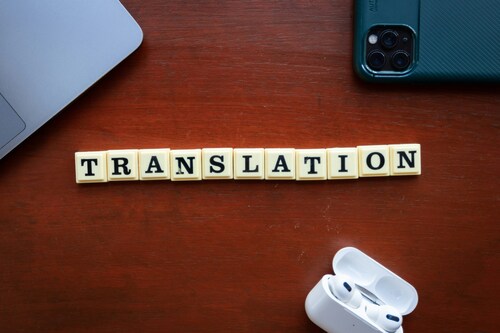In healthcare, clear communication can mean the difference between life and death. Yet, language barriers remain one of the most overlooked threats to patient safety worldwide. When patients and medical professionals don’t share a common language, critical information about symptoms, allergies, or medications can be lost in translation. Misunderstandings in medical settings can lead to misdiagnoses, treatment errors, or even fatal outcomes.
This growing issue is particularly evident in multicultural cities and regions where hospitals serve patients from diverse linguistic backgrounds. For these patients, understanding their medical condition, treatment options, or discharge instructions can be nearly impossible without proper language support. That’s where a medical translation service plays a crucial role—ensuring accuracy, clarity, and compassion in healthcare communication.
The Role of Medical Translation in Patient Safety
Medical translation is not just about converting words; it’s about conveying life-saving information with absolute precision. A small error in translating a dosage instruction or symptom description can have severe consequences. Unlike general translation, medical translation requires deep expertise—not only in both languages but also in complex medical terminology and regulatory standards.
Professional medical translation services ensure that documents such as clinical reports, patient records, consent forms, prescriptions, and research materials are accurately translated. They help doctors and patients communicate effectively, ensuring informed consent and appropriate treatment.
For instance, translating clinical trial materials correctly allows international participants to understand the procedures and risks involved. Similarly, translating medical device manuals and pharmaceutical information ensures that healthcare professionals around the world use products safely and effectively.
Why Professional Medical Translation Services Matter
Relying on unqualified translators or automated tools in healthcare can be dangerous. Machine translation tools, while useful for general communication, often struggle with the complexity and nuance of medical terminology. A single mistranslation could change the meaning of a diagnosis or medication instruction entirely.
A professional medical translation service employs qualified linguists with medical backgrounds, ensuring both linguistic and scientific accuracy. These translators understand anatomy, pharmacology, and healthcare protocols, allowing them to produce precise and compliant translations. They also follow strict confidentiality standards, vital for protecting sensitive patient data.
Moreover, certified medical translation providers adhere to international regulations such as ISO 17100 (for translation quality) and ISO 13485 (for medical device documentation), offering healthcare organizations peace of mind and regulatory compliance.
Language Barriers in a Global Healthcare System
In today’s globalized world, healthcare is increasingly international. Patients travel abroad for treatment, doctors collaborate across continents, and research findings are shared globally. This interconnectedness creates a pressing need for professional medical translation services that can bridge linguistic divides.
In multicultural countries such as the UK or the US, hospitals often serve patients who speak dozens of different languages. Without access to qualified interpreters and translators, patients may struggle to describe symptoms, understand diagnoses, or follow treatment plans. This communication gap can result in poor patient outcomes, longer hospital stays, and higher healthcare costs.
By partnering with a professional medical translation provider, healthcare institutions can improve patient safety, boost satisfaction, and comply with equality and accessibility standards.
Technology and Human Expertise: A Balanced Approach
While technology has revolutionized translation, human expertise remains irreplaceable in medicine. Modern medical translation services often combine artificial intelligence with human review to enhance efficiency without compromising accuracy. AI tools can help manage terminology databases and speed up translation workflows, while professional translators ensure the final text is medically and culturally accurate.
This human-machine partnership is especially valuable in emergency medicine, where time is critical but accuracy cannot be sacrificed. Translators supported by advanced tools can quickly provide high-quality translations of patient information, helping doctors make informed decisions faster.
Ensuring Every Patient Is Heard and Understood
Language should never be a barrier to quality healthcare. Every patient deserves to be informed, respected, and understood, regardless of the language they speak. A reliable medical translation service ensures that vital information flows freely and accurately between patients, doctors, and healthcare organizations.
By investing in professional medical translation, hospitals and clinics not only enhance safety and compliance but also uphold the fundamental principle of medicine—do no harm. When communication is clear, care improves, and lives are saved.
